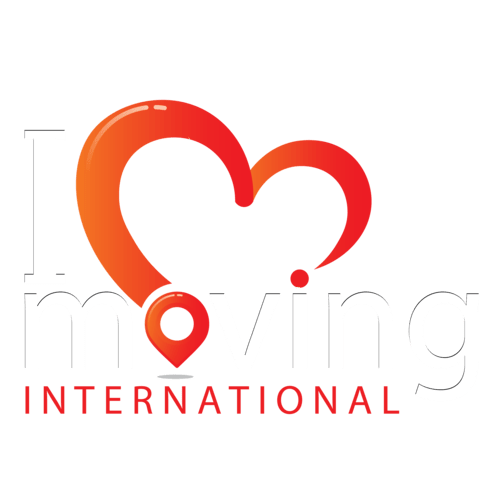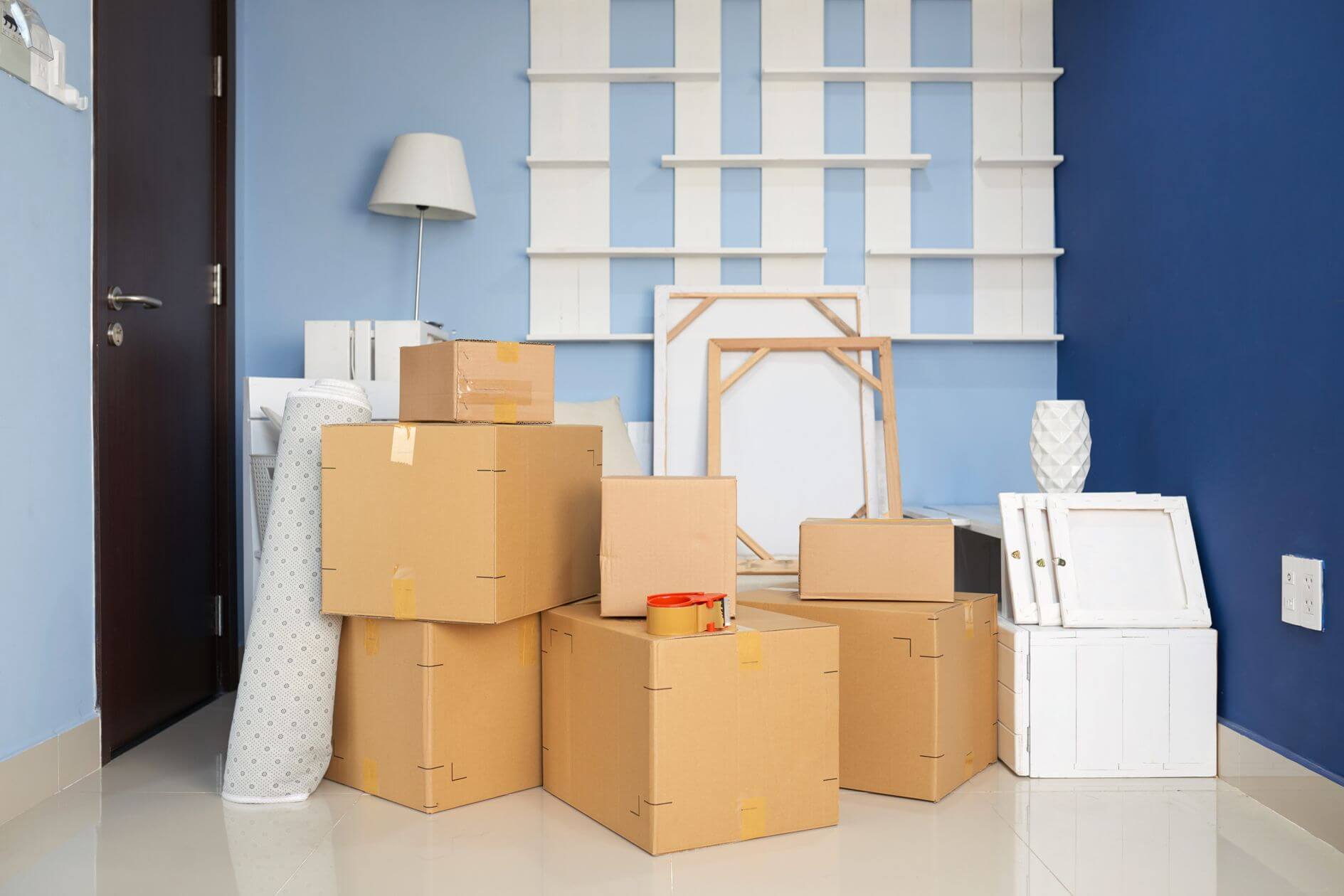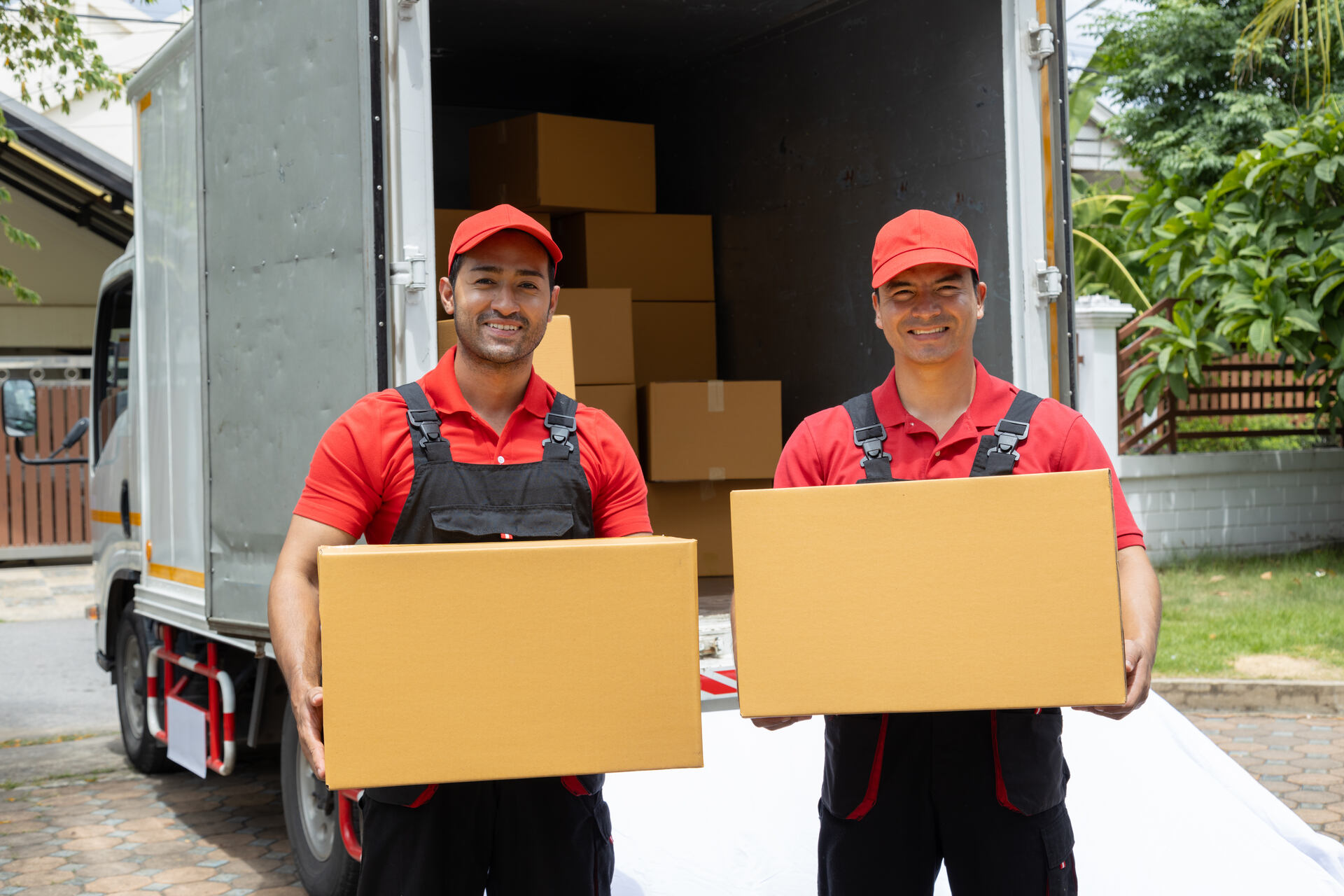When facing an international move, timing isn’t just a factor – it’s the cornerstone of a successful transition. Preparing for a relocation across the world isn’t just about boxing up belongings. It’s about strategically planning each step. Let’s discuss when to start packing for a move to make your global relocation as smooth as possible.
When to Start Packing for a Move?
Wondering “When should I start packing to move”? Depending on the size of the move, start to pack 8-12 weeks before the relocation date. This timeframe lets you start with seasonal decorations, collectibles, and books, which you use less often. As the move date approaches, pack more commonly used items. Starting early lets you declutter – selling, donating, or throwing away things you no longer need – simplifying relocation and lowering the amount of stuff to transport.

Understanding Moving Timeline
Keeping track of the schedule for moving abroad requires a lot of careful planning and close attention to detail. It’s all about planning the trip ahead of time and making sure that everything has a spot on the calendar. Moving timeline planning can be a lifesaver, especially when moving overseas. When should you start packing to move is not easily answered, as it depends on several factors – where you’re relocating to, what size of a household are we talking about, and some other factors.
Assessing the Move Size and Complexity
Let’s break it down. Are we talking a cozy studio apartment’s worth of stuff or a full-family home? Each one comes with its own set of challenges and thorough checklists. It’s not just about how much stuff there is, but also about the little details that could complicate things, like handling fragile items or arranging transport for a large volume.
Key Dates to Consider Before Packing
Before even reaching for the bubble wrap, there are some dates that need to be circled on the calendar. When does the lease run out? When’s the flight? When do the new digs become available? All these need to line up. Knowing these key moments helps plan the pack-up in a way that’s not just throwing things together last minute.
The next question is – when to start packing to move? So, the best time to start packing for a move is typically about 8-12 weeks before the moving date. This allows enough time to sort, declutter, and pack items carefully while handling the complexities of international logistics.
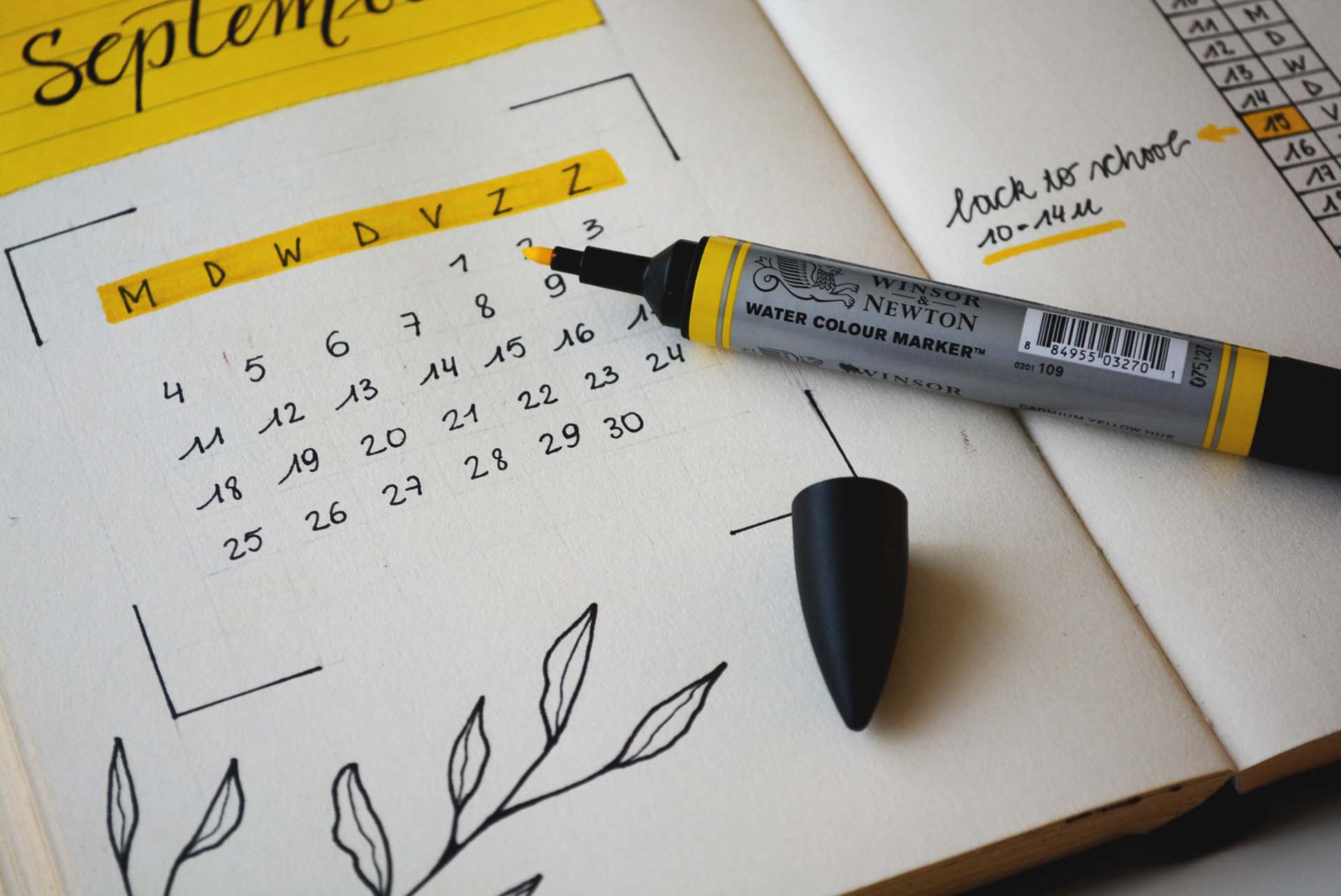
Early Packing Strategies – What to Start With
Now that we know how early to start packing, you can do everything stress-free with some efficient moving strategies. Jump-starting the boxing-up process doesn’t have to be a scramble or add to the overwhelming anxiety. Starting early with the right items can make the whole timeline feel less rushed.
Non-Essentials and Seasonal Items
First up, start by tackling the things that won’t be missed in the daily grind – like those holiday decorations, the fondue set, or fine china plates that have only seen daylight twice. Putting away these out-of-season or rarely-used items first is a smart play. It clears space and ticks a big chunk off the packing checklist for moving without disrupting everyday life.
Sorting Items to Sell, Donate, or Discard
Before everything else, there’s a golden opportunity to declutter. Take a look through belongings and decide what can be sold for extra travel funds, what’s worth donating to someone in need (for instance, donate to Goodwill), and what’s just taking up space. This step not only lightens the load but also simplifies what actually needs to be kept and makes the trip across borders, making the whole process smoother and more sustainable.

Room-by-Room Packing Guide
Breaking down the packing schedule room by room can make the whole ordeal feel more manageable. It’s like eating an elephant – one bite at a time!
Starting with Lesser-Used Spaces
Kick-off in the areas that see less daily action. Think attics, basements, or guest rooms – places where items are stored away and not used daily. Getting these out of the way first helps clear space and makes the process feel less overwhelming. Here’s how to handle it:
- Attic action plan – Start with holiday decorations, old school projects, and things you’ve stashed away and forgotten.
- Basements action plan – Tackle storage bins, extra household supplies, and seasonal gear like camping equipment or ski outfits.
- Guest rooms action plan – Pack up rarely used linens, spare furniture pieces, and any collectibles stored in these spaces.
- Garage action plan – Focus on tools that aren’t in daily use, gardening equipment that won’t be needed soon, and stored sports equipment.
Living Areas and Daily Necessities
When it comes to the main living spaces, it’s all about balance. Start boxing up things that aren’t needed every day, but keep around what’s needed to live comfortably until departure. Book collections, decor, and those extra dishes in the cabinet can be packed up early, leaving just the essentials within easy reach.
The Final Week – What to Pack Last
As the countdown to departure ticks down, the focus shifts to the essentials. In the last week, pack up the everyday items like kitchen utensils, toiletries, and clothing that’s been in regular use. These are the things that will be needed right up until the last day and likely first out of the box upon arrival, so keeping them accessible until the end is key.

Tips for Efficient Packing
Getting everything boxed up efficiently can be a game changer. It’s all about organizing the packaging process the right way to save time and headaches later. On the day of the relocation, the duration can vary greatly. Those going it alone often spend about 12 hours, while hiring movers to help with loading can reduce this time to just 3 hours.
Relocation labels, color coding, and detailed lists are friends in this process. Use clear bins for items that might be needed right away upon arrival, and label everything with its contents and which room it belongs in. Using wardrobe boxes for hanging clothes can also speed things up significantly, keeping things organized and ready to go.
One major slip-up is overfilling boxes, making them too heavy to lift. Another is forgetting to wrap fragile items properly, leading to breakages. Boxing up electronics without proper padding can also result in damage. Always double-check that every box is manageable and secure.
Keeping a thorough inventory is crucial, especially when moving internationally. Create a detailed checklist of what’s in each box and keep a digital copy. Apps or spreadsheets can be incredibly handy here. This not only helps in organizing but also in ensuring that everything arrives at the destination. Plus, it can be a lifesaver if anything needs to be located quickly upon arrival.
The Role of Professional Movers in Your Plan
Bringing in the pros from I Love International Moving can transform a hectic relocation scenario into a smooth operation. With the expertise and specialized tools our overseas shipping company possesses, we make the job look easy and efficient. I Love International Moving offers a range of services designed to handle every aspect of an international relocation.
Deciding When to Hire Professional Packers
Timing is key when considering professional packers. If the thought of boxing up an entire household is overwhelming, or if there’s just not enough time to handle it solo, that’s a clear signal to call in the experts and their professional packing services. This is especially true for those dealing with tight timelines or needing to juggle everyday responsibilities alongside preparation for departure.
How Movers Can Streamline the Process
An international moving company is like the pit crew for a race car – their crew can drastically speed things up. They can swoop in and have a home packed up safely and quickly, using systematic methods that also help reduce the risk of items being damaged. Plus, they’re equipped to handle large or delicate items that might be tricky to deal with otherwise.
The Benefits of Full-Service Moving Options
Opting for a full-service package for shipping overseas can take a lot of weight off the shoulders. These services might include international moving solutions and secure overseas vehicle shipping. It can also include storage solutions and handling all the customs and clearance required for international shipments. It’s a one-stop-shop approach that can manage the logistics from start to finish, making the transition as seamless as possible.
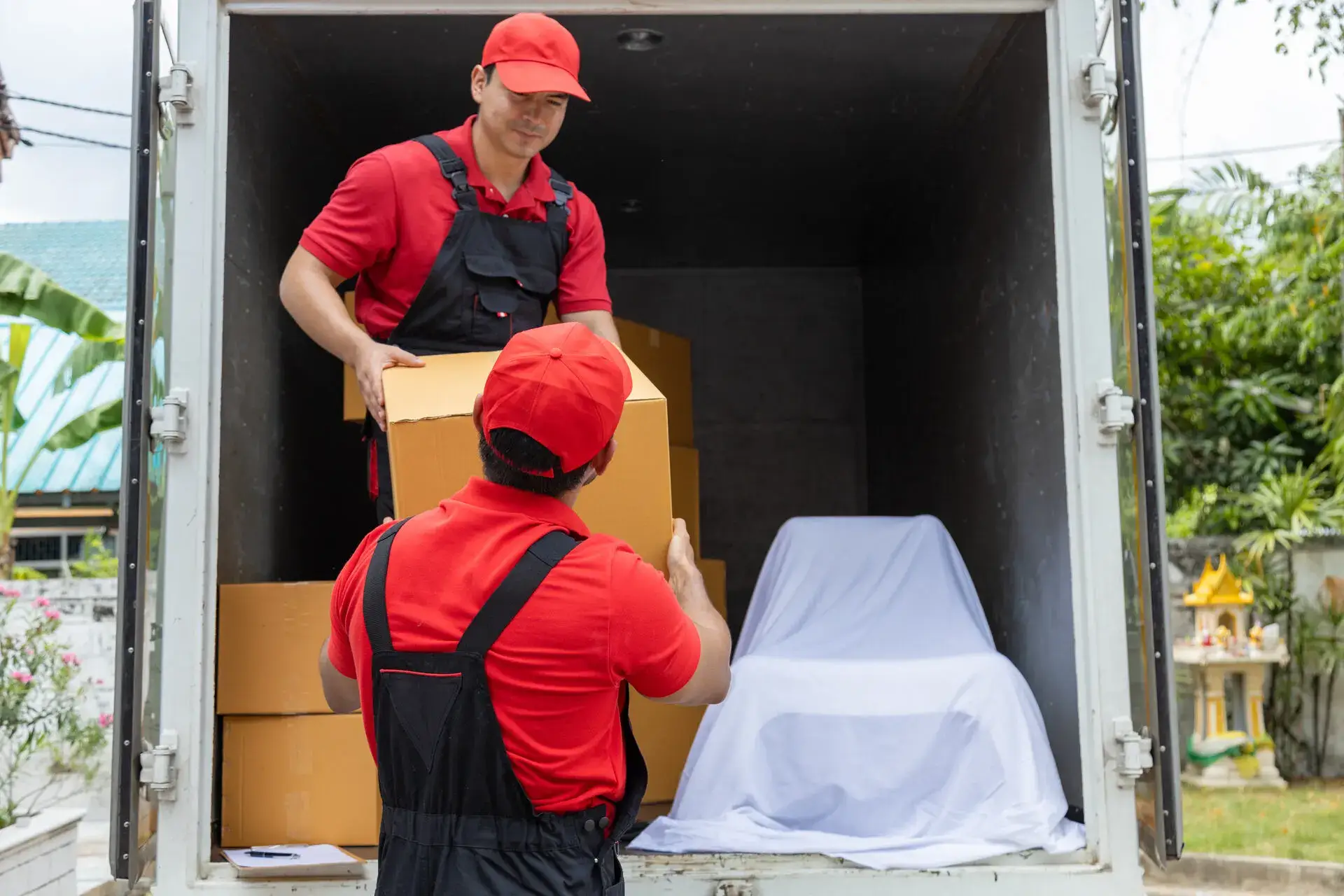
Last-Minute Packing – Do’s and Don’ts
Navigating those final hours before departure requires a blend of quick thinking and careful planning. Here’s what to keep in mind to ensure everything wraps up smoothly.
How to Handle Unexpected Packing Needs
Sometimes, despite the best-laid plans, some items get overlooked. When this happens, keeping a cool head is key. Have a basic supply of boxes, tape, and padding on hand for these last-minute surprises. This approach ensures that nothing gets left behind in the rush.
Essential Items to Keep Unpacked Until Moving Day
Certain essentials should stay out of boxes until the last possible moment. Things like daily medications, chargers, important documents, and a change of clothes need to be readily accessible. Keeping these essentials aside in a clearly labeled bag or container can save a lot of stress.
Stress Management During the Final Days
The countdown to departure can be taxing. To manage stress levels, try to maintain a regular routine as much as possible and take breaks when needed. Consider scheduling brief relaxation activities, like a walk or a coffee break, and remember to stay hydrated and rested. A calm approach can make a significant difference in handling last-minute hurdles efficiently.

Smart Planning and Professional Ease With I Love International Moving
For those looking for a seamless transition, considering an overseas moving company like I Love International Moving is highly advisable. Our expertise in handling international logistics can significantly reduce the burden of moving, ensuring that every aspect of the process is managed efficiently and professionally.
Embracing the support of I Love International Moving can transform a complex relocation into a smooth and manageable journey, allowing you to focus on the excitement of what lies ahead. Ready to make the international relocation smooth and stress-free? Contact I Love International Moving today and let our expert team handle every detail of the relocation.
Frequently Asked Questions on When to Start Packing for a Move
Start with items that are infrequently used, like seasonal decorations, out-of-season clothing, or specialty kitchenware.
It’s usually better to pack gradually, starting with non-essential items and progressing to daily necessities as the relocation date approaches.
Consider hiring professional packers if the amount of belongings is particularly large, involves a lot of fragile items, or if your schedule doesn’t allow enough time.
Prioritize and pack the most critical items first. Consider asking friends for help or hiring professional help if significantly behind.
Pack items like toiletries, medications, a few days’ worth of clothes, important documents, chargers, and snacks last. Keep them accessible for the relocation day and the initial period after arriving.
